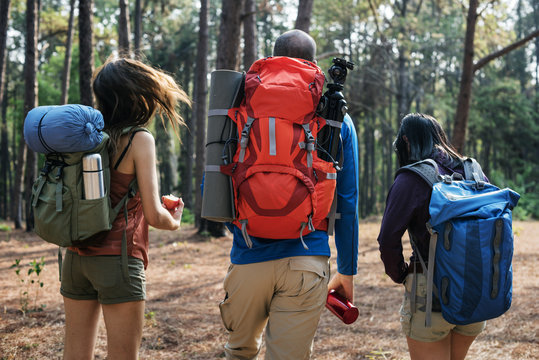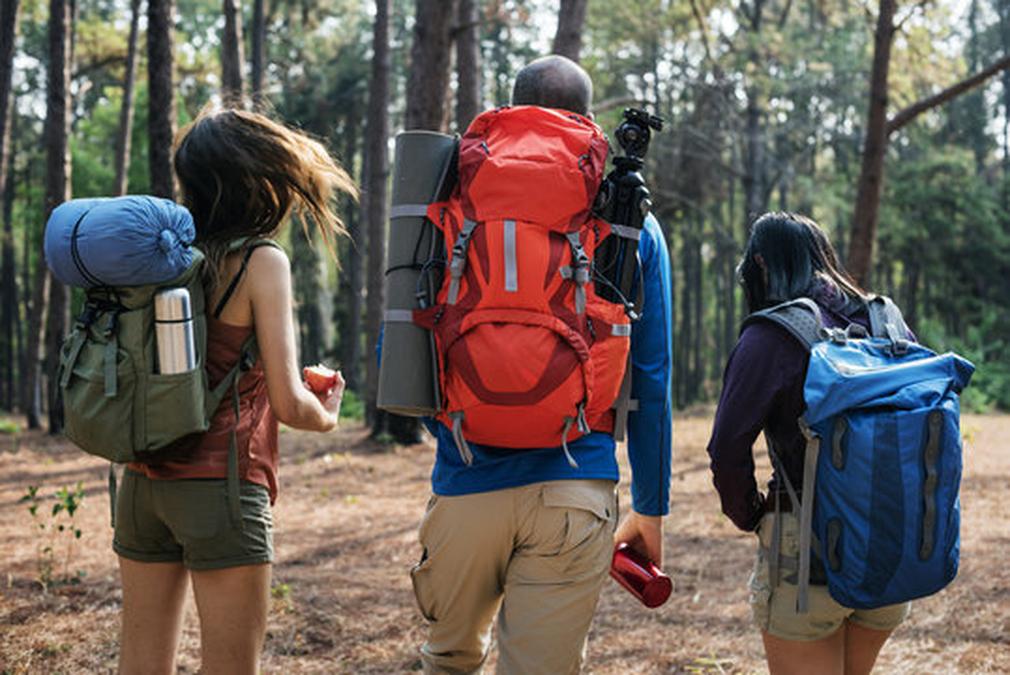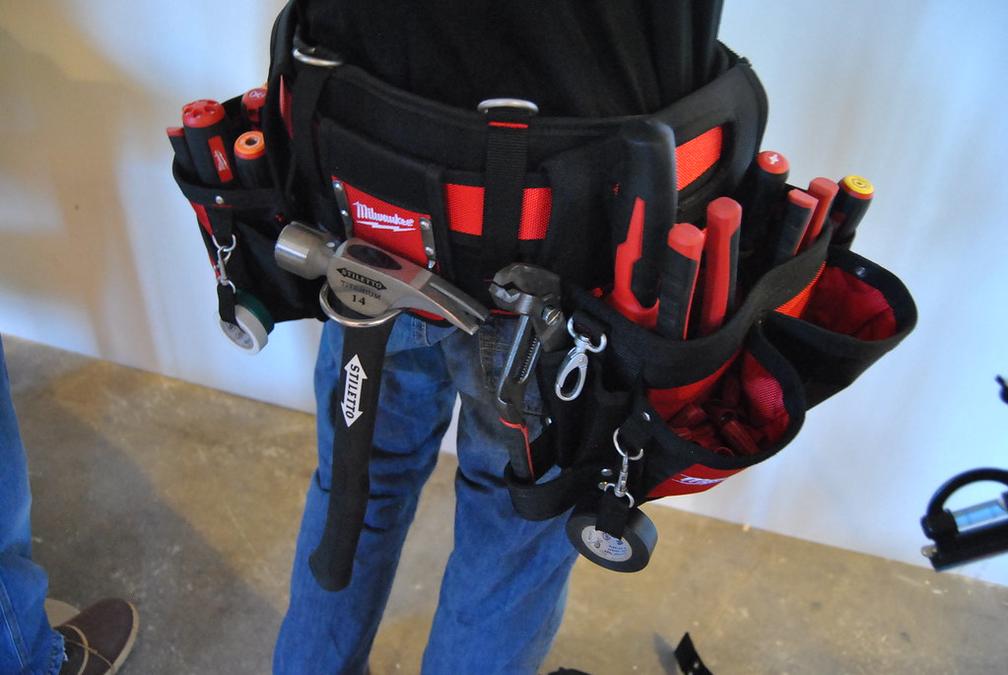Understanding the Importance of Picking the Right Backpack for Hiking
A backpack is an essential item for any hiker, as it is responsible for carrying all the necessary gear and supplies. Picking the right backpack for hiking is crucial, as a poorly chosen backpack can make the hiking experience uncomfortable and even painful. In this article, we will discuss the different factors that need to be considered while picking the right backpack for hiking.
The Impact of a Poorly Chosen Backpack on the Hiking Experience
A backpack that does not fit well or does not have the right features can have a significant impact on the overall hiking experience. A backpack that is too heavy, too small, or not designed for the specific needs of the hiker can lead to discomfort, pain, and even injuries. A poorly chosen backpack can also cause the hiker to lose balance and put unnecessary strain on the back and shoulders.
Factors to Consider While Picking the Right Backpack
There are several factors that need to be considered while picking the right backpack for hiking. These include:
- Backpack capacity based on the duration of the hiking trip
- Backpack features, including frame type, ventilation, pockets, attachment points, and more
- Backpack fit based on torso length and hip circumference
In the following sections, we will discuss each of these factors in detail to help you pick the right backpack for your hiking needs.
Understanding Backpack Capacity
One of the most important factors to consider while picking the right backpack for hiking is its capacity. The capacity of the backpack determines how much gear and supplies you can carry with you on the hiking trip. Here are some important points to consider while understanding backpack capacity:
Defining Backpack Capacity
Backpack capacity is defined as the volume of the backpack, measured in liters or cubic inches. The capacity of the backpack determines how much gear and supplies you can carry with you on the hiking trip. According to REI, the capacity of the backpack is based on the duration of the hiking trip.
Different Backpack Sizes Based on the Duration of the Hiking Trip
The duration of the hiking trip is the most important factor to consider while determining the backpack size. Here are some examples of backpack sizes based on the duration of the hiking trip:
- Day Hike: For a day hike, a pack between 10 and 25 liters should be enough. A smaller backpack is recommended for a day hike as you don’t need to carry a lot of gear and supplies. According to Salomon, the backpack size for a day hike should be between 10 and 25 liters.
- Overnight Hike: For an overnight hike, you will need a pack between 20 and 35 liters. You will need to carry a sleeping bag, a tent, and cooking supplies. A medium-sized backpack is recommended for an overnight hike. According to REI, a backpack with a capacity of 20-35 liters is recommended for an overnight hike.
- Multi-Day Hike: For a multi-day hike, the minimum capacity for your backpack should be 35 liters, even if you plan to stay in accommodation. You will likely encounter unpredictable weather and need more gear, so a larger backpack is recommended. According to REI, a backpack with a capacity of 50-80 liters is recommended for a multi-day hike.
Considering the Size of Each Item While Picking the Backpack
Apart from the duration of the hiking trip, it is also important to consider the size of each item that you plan to carry with you on the hiking trip. Bulky items such as a sleeping bag, tent, or cooking supplies will require more space, so make sure to account for them while picking the backpack. As per Altitude Sports, you need to take into consideration the amount of gear you will need to carry as well as the size of each item.
By considering the duration of the hike, the size of each item, and the recommendations provided by experts, you can determine the right backpack size for your needs.
Understanding Backpack Features
Apart from the backpack capacity, it is also important to consider the features of the backpack while picking the right one for hiking. Here are some important points to consider while understanding backpack features:
Frame Type
The frame type of the backpack determines its weight distribution and load-carrying capacity. Backpacks can have external or internal frames, with external frames being better for heavier loads and internal frames being more lightweight and streamlined. According to Backcountry, external frame backpacks are best suited for carrying heavy loads, while internal frame backpacks are more suitable for lighter loads and more technical terrain.
Ventilation
Ventilation is an important feature to consider while picking the right backpack for hiking. A backpack with proper ventilation will keep you cool and comfortable, especially in hot weather. As per REI, backpacks with mesh back panels or suspended mesh frames provide good ventilation.
Pockets and Attachment Points
Pockets and attachment points on a backpack provide additional storage space for gear and supplies. The number and location of pockets and attachment points vary from backpack to backpack. As per REI, backpacks with multiple pockets, including a top lid pocket, side pockets, and hip belt pockets, provide additional storage space.
Padding and Comfort
Padding and comfort are important features to consider while picking the right backpack for hiking. Shoulder and hip belt padding, heat-moldable hip belts, pivoting hip belts, and the use of mesh and lightweight foams are some of the features that provide comfort in hot weather. According to Backcountry, backpacks with heat-moldable hip belts and pivoting hip belts provide a comfortable fit.
Women-Specific Backpacks
Women-specific backpacks are designed to fit the contours of a woman’s body, providing better comfort and support. As per REI, women-specific backpacks may be more comfortable for young or shorter backpackers.
By considering the backpack features, you can determine the right backpack for your hiking needs.
Understanding Backpack Fit
Backpack fit is an important factor to consider while picking the right backpack for hiking. A well-fitted backpack will provide better comfort and support, reducing the risk of injuries. Here are some important points to consider while understanding backpack fit:
Torso Length
The torso length is an important factor to consider while determining the backpack fit. The torso length is the distance between the base of the neck and the top of the hips. To determine the torso length, measure the distance from the C7 vertebra to the top of the hip bones. According to REI, backpacks are available in different sizes based on the torso length.
Hip Circumference
Hip circumference is another important factor to consider while determining the backpack fit. A well-fitted backpack will distribute the weight of the pack onto the hips, reducing the strain on the shoulders and back. According to REI, the hip belt should sit comfortably on the hips, without sliding down or riding up.
Load-Lifter Straps
Load-lifter straps are an important feature to consider while fitting the backpack. Load-lifter straps are located on the top of the shoulder straps and help to transfer the weight of the pack to the shoulders. Adjust the load-lifter straps so that the shoulder straps are at a 45-degree angle to the backpack. As per REI, the load-lifter straps should be snug but not tight.
Sternum Strap
The sternum strap is another important feature to consider while fitting the backpack. The sternum strap helps to stabilize the backpack and prevent the shoulder straps from sliding off. Adjust the sternum strap so that it sits comfortably across the chest, without restricting breathing. According to REI, the sternum strap should be snug but not tight.
By considering the torso length, hip circumference, load-lifter straps, and sternum strap, you can determine the right backpack fit for your hiking needs.
Packing Tips for Your Backpack
Once you have picked the right backpack for your hiking needs, it’s time to pack it with the right gear and supplies. Here are some tips to help you pack your backpack:
Pack in Layers
The first rule of packing your backpack is to pack in layers. Place the heavy items at the bottom of the backpack, followed by the lighter items. This will help to distribute the weight of the pack evenly, reducing the strain on the back and shoulders.
Use Compression Sacks
Compression sacks are a great way to save space in your backpack. Use compression sacks to pack your clothes and sleeping bag. Squeeze the air out of the compression sacks to reduce the volume of the items.
Pack Essentials in the Top Pocket
Pack the essentials, such as a first aid kit, map, and compass, in the top pocket of the backpack. This will make it easy for you to access the essentials when you need them.
Use Mesh Pockets for Easy Access
Use the mesh pockets on the sides of the backpack to store items that you need to access frequently, such as water bottles or snacks.
Pack Light
The golden rule of backpacking is to pack light. Only pack the essentials and leave the unnecessary items at home. The lighter your backpack, the easier it will be to carry, and the more enjoyable your hike will be.
By following these packing tips, you can ensure that your backpack is packed with the right gear and supplies for your hiking needs.

Wrapping Up
Choosing the right backpack for hiking is crucial for comfort and convenience. By considering the backpack capacity, features, and fit, you can determine the right backpack for your hiking needs. Once you have picked the right backpack, it’s time to pack it with the right gear and supplies. Follow the packing tips mentioned in this article to ensure that your backpack is packed with the essentials for your hiking needs.
We hope this guide on how to pick a backpack for hiking has been helpful in your quest for the perfect backpack. If you have any questions or comments, feel free to leave them in the comments section below. Don’t forget to check out our website for other great content on hiking, camping, and outdoor gear. Happy hiking!
FAQs
Question: Who should consider the torso length while picking a backpack for hiking?
Answer: Anyone who wants a well-fitted backpack. Measure the distance from C7 vertebra to top of hip bones.
Question: What is the first thing to consider when choosing a backpack for a day hike?
Answer: The backpack’s capacity, which should be between 10 and 25 liters.
Question: How important are load-lifter straps and sternum straps for backpack fit?
Answer: Load-lifter straps transfer weight to the shoulders, and sternum straps stabilize the backpack.
Question: Who should consider women-specific backpacks when choosing a backpack for hiking?
Answer: Young or shorter backpackers may find women-specific backpacks more comfortable.
Question: What is the recommended minimum backpack capacity for multi-day hikes?
Answer: For hikes lasting three days or more, the minimum backpack capacity should be 35 liters.
Question: How can I save space in my backpack while packing for a hike?
Answer: Use compression sacks for clothes and sleeping bags, and pack lighter by leaving unnecessary items at home.



